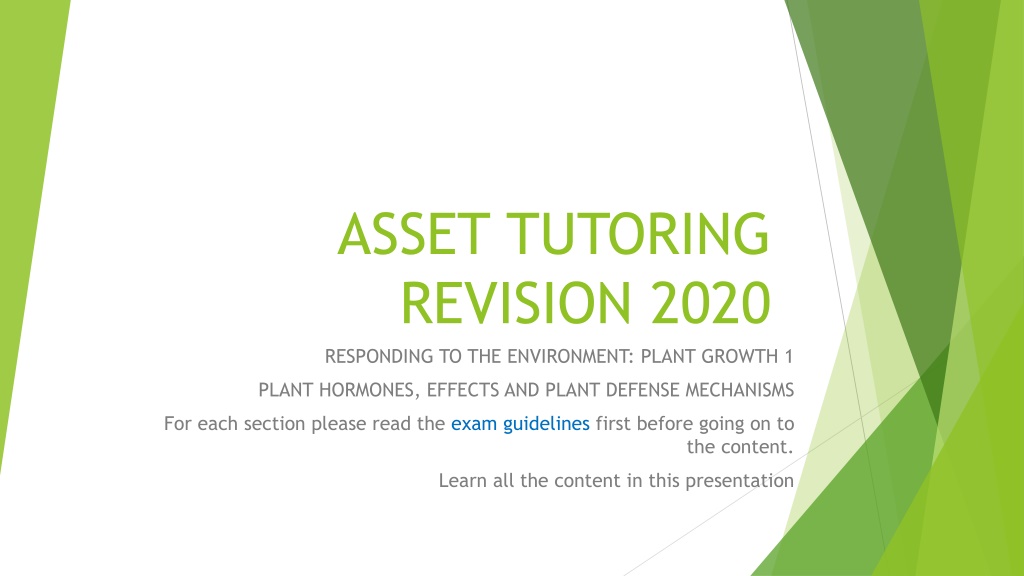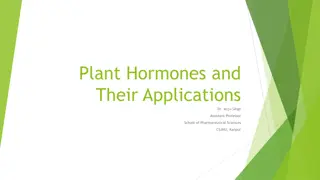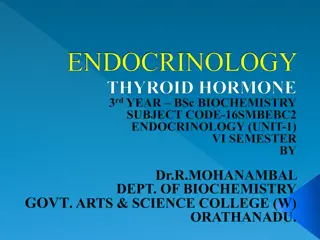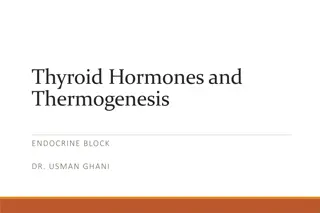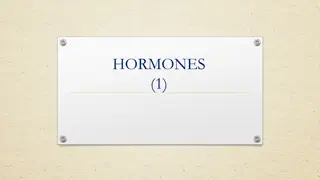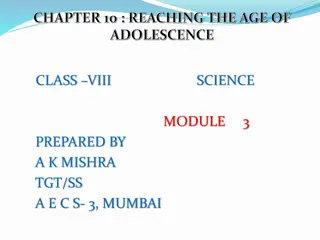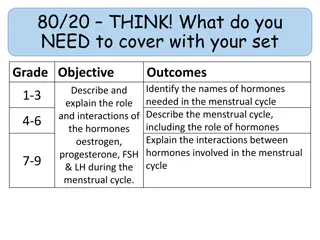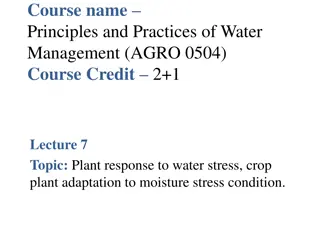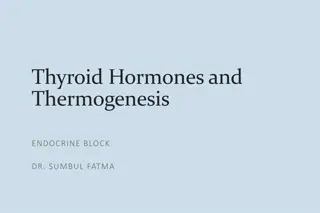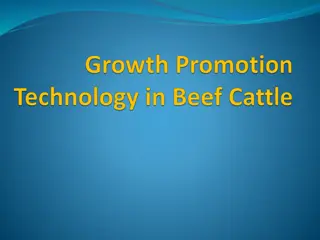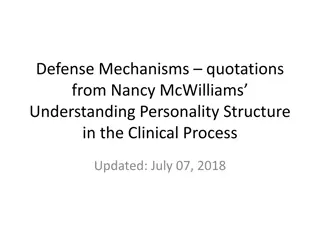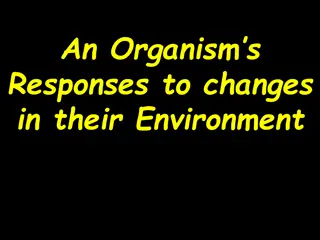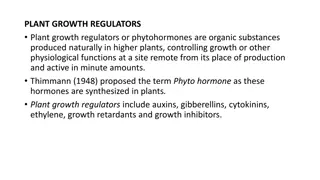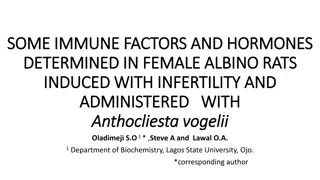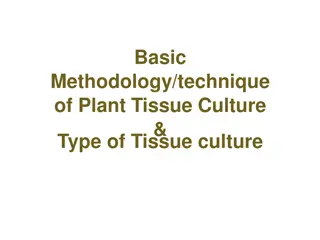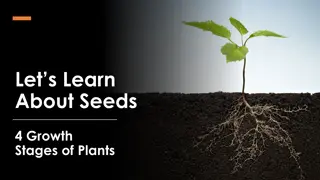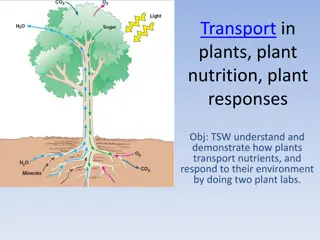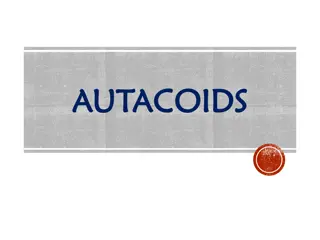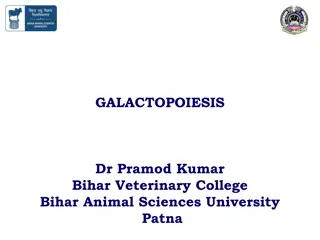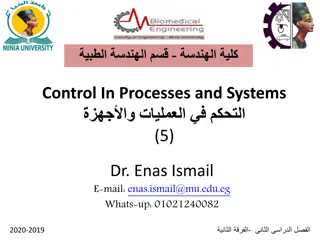Plant Growth Hormones and Defense Mechanisms: Understanding Plant Responses to the Environment
Plant growth hormones and defense mechanisms play crucial roles in how plants respond to environmental stimuli such as water, sunlight, gravity, and more. From auxins promoting cell growth to gibberellins stimulating flowering, this presentation educates on the intricacies of plant hormones and their effects. Explore the effects of hormones like auxins and gibberellins on plant growth, apical dominance, tropic movements, and defense mechanisms for a comprehensive understanding of plant biology.
Download Presentation

Please find below an Image/Link to download the presentation.
The content on the website is provided AS IS for your information and personal use only. It may not be sold, licensed, or shared on other websites without obtaining consent from the author. Download presentation by click this link. If you encounter any issues during the download, it is possible that the publisher has removed the file from their server.
E N D
Presentation Transcript
ASSET TUTORING REVISION 2020 RESPONDING TO THE ENVIRONMENT: PLANT GROWTH 1 PLANT HORMONES, EFFECTS AND PLANT DEFENSE MECHANISMS For each section please read the exam guidelines first before going on to the content. Learn all the content in this presentation
Plant growth terminology to know. Do you know what each part of a plant does? Auxin Abscisic acid Gibberellins Cell growth Cell elongation Tropism Tropic movement Phototropism Geotropism Coleoptile Apical dominance Clinostat
Plant hormones Hormones are chemical messengers in plants They are produced in one area and usually diffuse to where they act They control responses to stimuli What are the stimuli plants can respond to? Water 1. Sunlight 2. Day length 3. Gravity 4. Touch 5. Herbivores Chemicals 6. 7. Temperature 8.
Auxins 1: General functions of auxins PROMOTE CELL GROWTH AND CELL ELONGATION CAUSE APICAL DOMINANCE CAUSE TROPIC MOVEMENTS A High concentration of auxins INHIBITS the growth of lateral buds Plays a role in root development Plays a role in fruit development Can cause leaves to fall when level of auxins decreases
Auxins 2 apical dominance When light comes from all sides of the stem tip Auxins move downwards and are evenly distributed inside the tip of the stem Cells in the middle of the stem grow faster and elongate more Therefore the stem grows upwards This inhibits/prevents lateral buds growing/developing into the branches which grow sideways Advantage: stems grow towards light for efficient photosynthesis What happens when the apical bud is removed? The inhibition is removed and so side branches can grow
General functions of Gibberellins Stimulates bolting/flowering in response to long days ie is the rapid growth of the stem to produce flowers above the stem Breaks seed dormancy in some plants which require stratification or light to induce germination. Stimulates enzyme production in germinating cereal grains for mobilization of seed reserves. Stimulate stem elongation by stimulating cell division and elongation. Stimulates growth of roots
General functions of abscisic acid Plays a role in helping a plant cope and adapt under stressful conditions 1. Abscisic acid is a growth inhibitor (counteracts function of auxins) 2. It causes stomata to close 3. Promotes dormancy in seeds and buds 4. Promotes abscission (falling off) of leaves and fruit Abscisic acid: Acts to kill leaves in the autumn so that they fall off
Control of weeds using plant hormones Weed control is often needed but if done mechanically it can damage soil structure, desirable plants and crops. Alternatively, one can make use of weed killers which contain high concentrations of auxins. The weed killer is able to achieve the following; It destroys broad leaf weeds by speeding up their growth to such an extent that the plant weakens and dies. It causes no harm to narrow leaf plants such as grasses and grain crops.
Plant defense mechanisms chemicals and thorns Chemicals - Plants produce bitter-tasting tannins in young leaves to prevent animals from eating these leaves. Some leaves have the ability to warn other leaves in the vicinity to produce tannins to prevent them from being eaten by herbivores. Thorns/spines/hairs Prevent most herbivores from eating leaves or stems, although Giraffe have been found to eat Acacia leaves between the thorns.
Go to Plant Growth 2: Auxins, Tropisms and practical work
